HROV Nereus Expedition to the Mariana Trench
May 23 - June 6, 2009
SHARE THIS:
Mission
A WHOI-led team aboard the research vessel Kilo Moana conducted a series of sea
trials with the newly-built Hybrid Remotely Operated Vehicle (HROV) Nereus, taking the vehicle to
ever-greater depths from 1,000m to 4,000m, then 8,000m and ultimately, on May 31, 2009, to 10,902 m.
The goal was to take Nereus to the deepest-known part of the ocean – the Challenger Deep in the Marianas Trench near the island of Guam in the west Pacific. It is the deepest abyss on Earth at 11,000m-deep, more than 2km (1.2 miles) deeper than Mount Everest is high. At that depth, pressures reach 1,100 times the pressure at the surface.
Nereus, an unmanned robot, is the first vehicle to be capable of working in tethered (ROV) and autonomous (AUV) modes.
The Science Channel is airing a program about the expedition on October 7, 2009
Team
Nereus TeamThe Nereus project is led by:
Andy Bowen, WHOI
Louis Whitcomb, Johns Hopkins University
Dana Yoerger, WHOI
Science Team
Patty Fryer, Geologist, University of Hawaii
Tim Shank, Biologist, WHOI
Background
Nereus was the first vehicle back to the trench since 1998, when the Japan Agency for Marine-Earth Science & Technology (JAMSTEC) brought its ROV Kaiko there. Kaiko was lost in 2003.The first and only manned expedition to the Mariana Trench occurred in 1960, when Jacques Piccard and Don Walsh traveled there in the US Navy-owned bathyscaphe Trieste.
Videos from the Expedition
Nereus collects a sea anemone.
Date: May 28, 2009
Depth: 8996 meters (5.6 miles)
Date: May 28, 2009
Depth: 8996 meters (5.6 miles)
Nereus samples the Challenger Deep seafloor.
Date: May 31, 2009
Depth: 10,006 meters (6.2 miles)
Date: May 31, 2009
Depth: 10,006 meters (6.2 miles)
Nereus takes a sample using a push core.
Push cores allow collection of relatively undisturbed sediment from the seafloor for a record of sedimentation over time.
Date: May 31, 2009
Depth: 10,006 meters (6.2 miles)
Push cores allow collection of relatively undisturbed sediment from the seafloor for a record of sedimentation over time.
Date: May 31, 2009
Depth: 10,006 meters (6.2 miles)



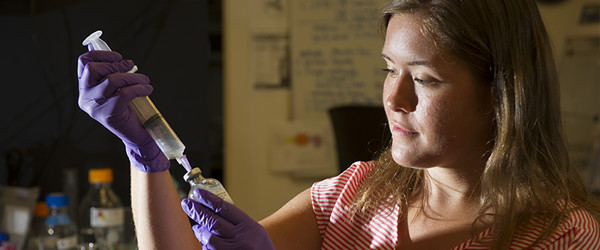
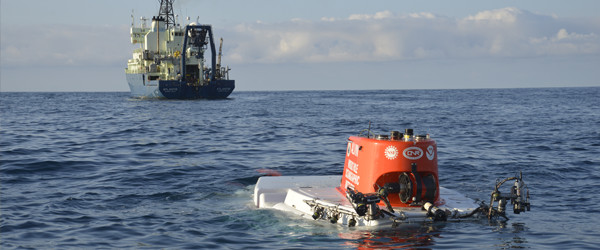
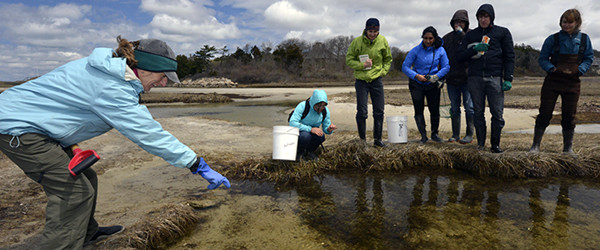
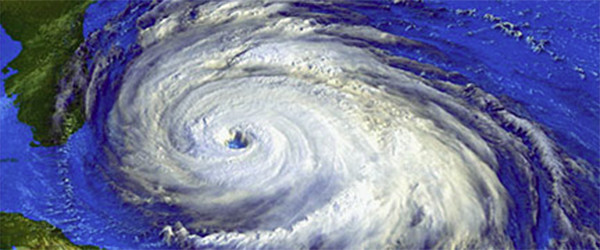
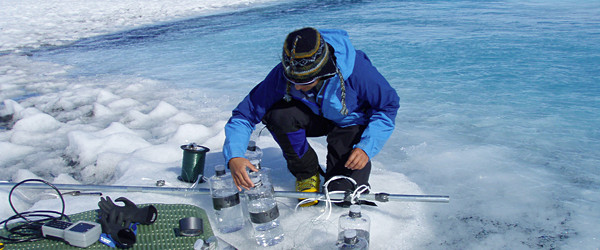
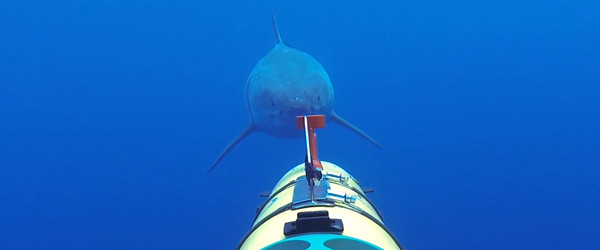

 Facebook
Facebook Twitter
Twitter Instagram
Instagram Vimeo
Vimeo YouTube
YouTube LinkedIn
LinkedIn RSS Feeds
RSS Feeds







